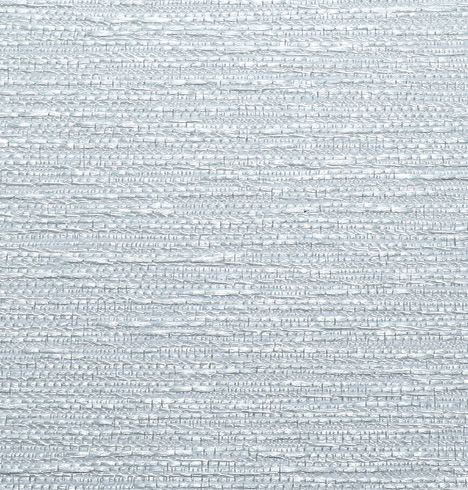The acoustic attenuation characteristics of roller blinds fabric, particularly in terms of sound absorption and transmission reduction, are influenced by several factors related to the fabric's composition, structure, and installation:
Material Composition: The type of fibers used in the fabric (natural, synthetic, or blends) can affect its ability to absorb sound waves. Certain fibers and blends may have inherent acoustic properties that contribute to sound absorption.
Weave or Knit Structure: The weave or knit structure of the fabric impacts its acoustic performance. Open weaves or porous knits allow sound waves to penetrate and be absorbed within the fabric, whereas tighter weaves or denser knits may reflect or block sound to some extent.
Surface Texture: Textured surfaces or finishes on the fabric can enhance sound absorption by dispersing and disrupting sound waves that come into contact with the material.
Thickness and Density: Thicker and denser fabrics generally offer better sound absorption capabilities than thinner and lighter fabrics. This is because thicker fabrics provide more material for sound waves to interact with and dissipate.
Backing Materials: Some roller blinds fabrics may include backing materials or layers that enhance acoustic properties. These backings can add mass and thickness, improving sound insulation and reducing transmission of sound through the fabric.

Installation Method: How roller blinds are installed and fitted within a window frame or space can impact their acoustic performance. Proper installation that minimizes gaps and ensures a snug fit helps in reducing sound transmission around the blinds.
Testing Standards: Acoustic performance can be quantitatively measured using standardized tests such as Sound Transmission Class (STC) and Noise Reduction Coefficient (NRC). These tests evaluate how well a material reduces sound transmission and absorbs sound within a specific frequency range.
Understanding these factors helps in selecting roller blinds fabric that meets acoustic requirements for various environments, such as offices, residential spaces, or educational facilities, where noise control and sound management are important considerations.

 中文简体
中文简体 英语
英语 西班牙语
西班牙语







